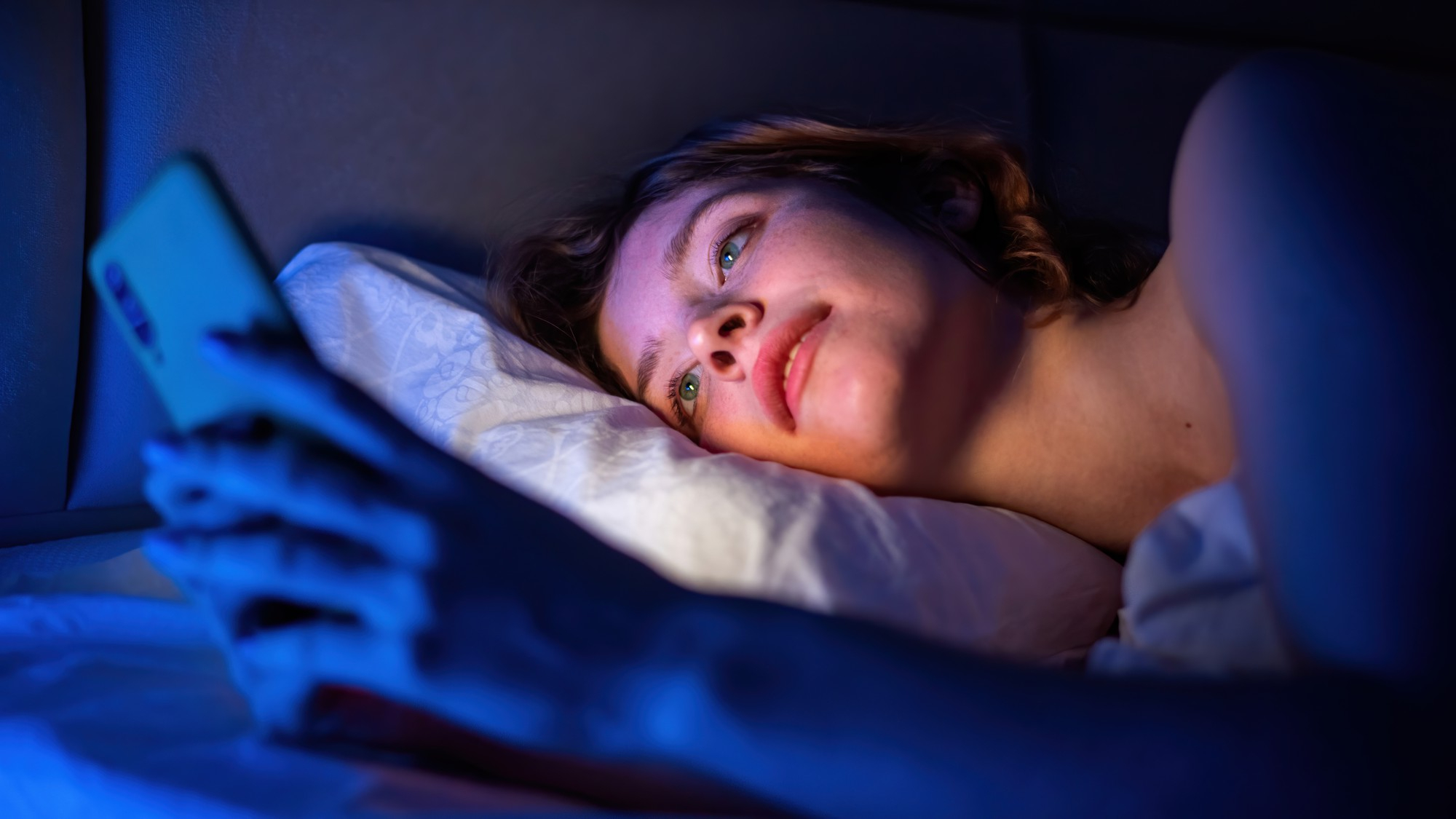The science behind your screen—and why your phone might be keeping you up at night.
You’ve probably heard that staring at your screen before bed is bad for sleep—but have you ever wondered why? The answer lies in blue light, a specific part of the visible light spectrum that has a powerful effect on your brain’s internal clock.
In our always-on world, where we use screens from sunup to bedtime, understanding how blue light works—and what to do about it—is key to protecting your rest and mental well-being.
What Is Blue Light, Exactly?
Blue light is a high-energy, short-wavelength light that’s naturally present in sunlight. It helps regulate your circadian rhythm, the internal clock that tells your body when to be awake and when to wind down.
In moderation and at the right times, blue light is actually helpful—it boosts alertness, improves mood, and enhances memory. But when we get too much of it at the wrong time (like scrolling TikTok at midnight), it throws everything out of sync.
How Blue Light Disrupts Your Sleep
Your body’s sleep-wake cycle is regulated by melatonin, a hormone that increases in the evening to help you fall asleep. Blue light suppresses melatonin production, which can:
-
Delay sleep onset (it takes longer to fall asleep)
-
Reduce total sleep time
-
Interrupt REM sleep cycles
-
Lower overall sleep quality
In short, your brain thinks it’s still daytime—even if it’s 11 PM and you’re just checking one last email.
Where You’re Getting the Most Blue Light
The biggest sources of artificial blue light include:
-
Smartphones and tablets
-
Computer monitors
-
LED and fluorescent lights
-
Televisions
-
E-readers with backlit screens
Even short bursts of screen time late at night can confuse your circadian rhythm—especially when they become part of your nightly routine.
Signs That Blue Light Might Be Disrupting Your Sleep
Not sure if blue light is affecting you? Look out for:
-
Trouble falling asleep, even when tired
-
Feeling wired late at night
-
Waking up groggy or unrested
-
Relying heavily on caffeine to start your day
-
Sleep that feels shallow or interrupted
If this sounds familiar, your tech habits might be sabotaging your rest.
How to Reduce Blue Light Exposure at Night
You don’t have to give up screens entirely, but a few smart changes can help your brain unwind:
1. Use Night Mode or Blue Light Filters
Most smartphones, laptops, and tablets now come with built-in “Night Shift” or “Night Mode” features that reduce blue light after dark. Turn these on a few hours before bed.
2. Wear Blue Light Blocking Glasses
If you work late or use screens often in the evening, blue light glasses can filter out harmful wavelengths and reduce eye strain.
3. Establish a Screen Curfew
Try turning off all screens at least 1 hour before bed. Use that time to read, stretch, journal, or listen to music—anything that helps you wind down without a glow.
4. Switch to Warmer Lighting
Use dim, warm-toned lamps at night instead of overhead LED lights. Consider smart bulbs that adjust throughout the day to mimic natural light patterns.
5. Create a Low-Tech Bedtime Routine
Keep your bedroom a screen-free zone. Charge devices in another room, and invest in a good old-fashioned alarm clock to avoid the temptation of scrolling in bed.
Blue Light Isn’t the Enemy—But Timing Is Everything
Blue light has its benefits during the day. It keeps us alert, focused, and productive. The problem is overexposure—especially at night, when our brains are trying to power down.
By managing your blue light intake, you’ll help your body fall asleep faster, sleep more deeply, and wake up feeling more refreshed.
Your Sleep Is Worth Protecting
A better night’s rest doesn’t always require supplements or apps—sometimes it just means putting down your phone a little earlier. Blue light may be invisible, but its effects on your sleep and mental clarity are very real.
Take small steps today. Your future, well-rested self will thank you.

